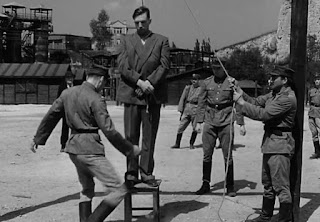After the Great War ended, around 200,000 ANZAC soldiers were repatriated home.
After the Great War ended, around 200,000 ANZAC soldiers were repatriated home.
Our dominant image of this event is of triumphal soldiers returning on troopships, which dock at ports overflowing with cheering loved ones; of heartfelt reunions under colourful bunting and tossed streamers.
Yet Private Arthur Foxcroft’s account of returning home provides an alternative narrative.
Enlisting in 1915, Arthur meticulously recorded his war experience in his diary.
Foxcroft described his splendid Sydney send off, the wonderment of visiting ancient Egypt, and the joy of marching through the French countryside in full bloom.
His diary entries darkened in mid-1916, when he recorded the ‘awful slaughter’ on the Somme, where he sufferred a serious wound.
In 1917, Foxcroft wrote soberly of being seriously wounded a second time, which left him with ‘drop foot’.
His mother, Amelia, pleaded with authorities for his return so he could ‘properly mend’ himself.
Arthur returned in late 1917, recording in his diary on 21 November, while anchored off Williamstown, that he saw his ‘first sunrise in Australia for two years’.
His ship docked at Port Melbourne with little fuss or fanfare.
Arthur quietly resumed his life.
Unable to raise much more than a shuffle, Arthur moved in with his parents in Coburg, surviving on a meagre pension of 15 shillings per week.
Foxcroft’s diary reveals that, upon returning home, he adopted a mundane routine of seeking treatment at Caulfield Military Hospital, occasionally visiting friends, and completing everyday chores. It contrasted starkly with the exhilarating highs and plummeting lows he had experienced during the Great War.
Did this adjustment to the normality of civilian life present its own challenges for him?
Arthur’s diary doesn’t disclose the answer, petering out in early 1918.
Arthur was one of 93,000 wounded and unfit soldiers who returned to Australia before the Great War had ended.
Photo sourced from: The Age










Comments
Post a Comment